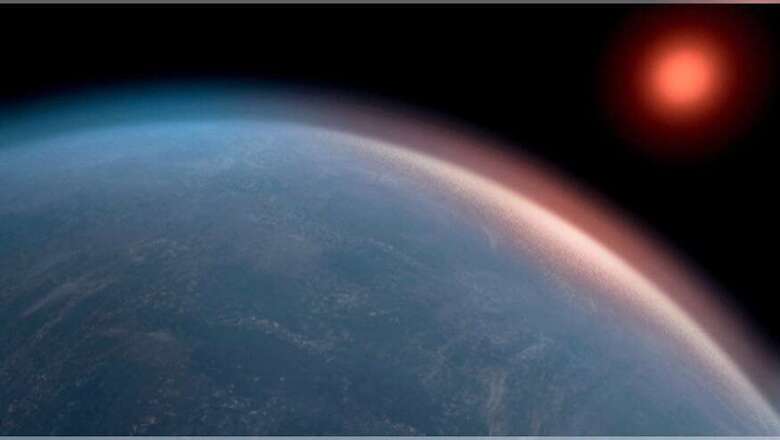
views
Astronomers seem convinced that we have found the second earth that humanity quite desperately needs. A team of astronomers from the University of Cambridge have determined that an exoplanet called K2-18b is right in the middle of a habitable zone in its star system, which means it can possibly hold water. This super earth, is 124 light-years away from the earth we reside on, and is 2.6 times the radius of Earth. This exoplanet was first spotted by NASA’s Kepler space telescope in 2015 but at the time, it was difficult to determine the planet’s potential to host life.
“Water vapour has been detected in the atmospheres of a number of exoplanets but, even if the planet is in the habitable zone, that doesn't necessarily mean there are habitable conditions on the surface. To establish the prospects for habitability, it is important to obtain a unified understanding of the interior and atmospheric conditions on the planet - in particular, whether liquid water can exist beneath the atmosphere,” says Dr Nikku Madhusudhan of the Cambridge Institute of Astronomy, who led the new research. The K2-18b has a hydrogen-rich atmosphere, and is smaller than Neptune while larger than Earth.
The researchers confirmed the atmosphere to be hydrogen-rich with a significant amount of water vapour. The levels of other chemicals such as methane and ammonia were lower than expected for such an atmosphere, they say. The planet is believed to have an inner core of rock and iron. This research indicates that the layer of hydrogen around the planet is not too thick, which would have made the temperature and the pressure of the water underneath too great to support life. “We wanted to know the thickness of the hydrogen envelope – how deep the hydrogen goes,” said co-author Matthew Nixon, a PhD student at the Institute of Astronomy. “While this is a question with multiple solutions, we’ve shown that you don’t need much hydrogen to explain all the observations together.”
This comes after 2019 research on the same K2-18b exoplanet which indicated that there was water vapour detected in the hydrogen-rich atmosphere around the super earth. However, what was not clear at the time was the thickness of the atmosphere layer and the conditions closer to the surface of the planet.




















Comments
0 comment